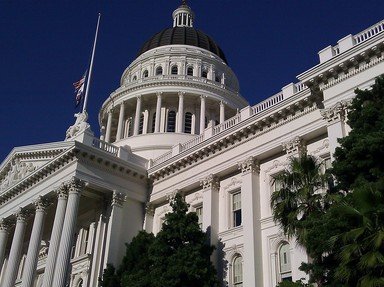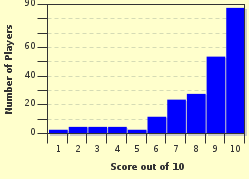Quiz Answer Key and Fun Facts
1. This mayor was prominent in the late 1920s and early 1930s after a brief foray into the world of music as a songwriter. He was mayor of New York from 1926 through 1932. Who was he?
2. This popular mayor served three terms during the 1930s and 1940s and was the first mayor of Italian-American descent. Who was he?
3. The 100th mayor of New York City served one term, from 1946-1950. Who was this former district attorney of Irish-American descent?
4. The next mayor on our list became mayor after the resignation of his predecessor in 1950. He was President of The City Council at that time, and served one term which ended in 1953. Who was he?
5. The son of a U.S. senator served three terms as mayor between 1954 and 1965. Name this popular mayor of the people.
6. This former mayor was a congressman for six years before winning the mayoral election of 1965. He presided over some of the most turbulent times in city history between 1966 and 1973. Who was he?
7. The first mayor of Jewish descent took office in 1974, and presided over one of the darker periods in New York City history. Name him.
8. "How'm I doing?" was the question most often asked by this popular mayor who served three terms spanning the late 1970s and most of the 1980s. Who was he?
9. This former mayor made history as New York City's first African-American mayor. He served from 1989-1993. Who was he?
10. The last mayor of New York during the 20th century has gotten the nickname of "America's Mayor" in recent years. Who is this figure?
Source: Author
fredsixties
This quiz was reviewed by FunTrivia editor
gtho4 before going online.
Any errors found in FunTrivia content are routinely corrected through our feedback system.

